How to host the ultimate wine tasting
Published 7:00 pm Monday, September 23, 2024
How to host the ultimate wine tasting
The crisp autumn air ushers in more than just pumpkin spice latte season. Consider cozying up inside with friends for a wine tasting and sharing delicious food and drinks with more complex flavors than cinnamon and sugar.
Perhaps once thought of as stuffy affairs only for wine connoisseurs, today a tasting can be as casual as pouring a few bottles while doing another activity—say, bar games like darts or art activities like painting. The tasting can also be more traditional, especially if held at a winery or local wine shop, which is a great way to learn about what wines you might like to later serve at home. To host the ultimate wine tasting, it pays to do some R&D.
One of the best aspects of hosting a wine tasting at home is that you get to establish the mood, tone, and guest list for the gathering—you can’t pick a playlist when you sample wines at a bar or wine shop or make the dress code loungewear. So whether the mood is serious or playful, sophisticated or laid-back, the key to a successful tasting is enjoying and appreciating the wine and having fun with friends and family.
Of course, there are a few other things to figure out along the way. Peerspace put together a few tips for hosting your wine-tasting party.
![]()
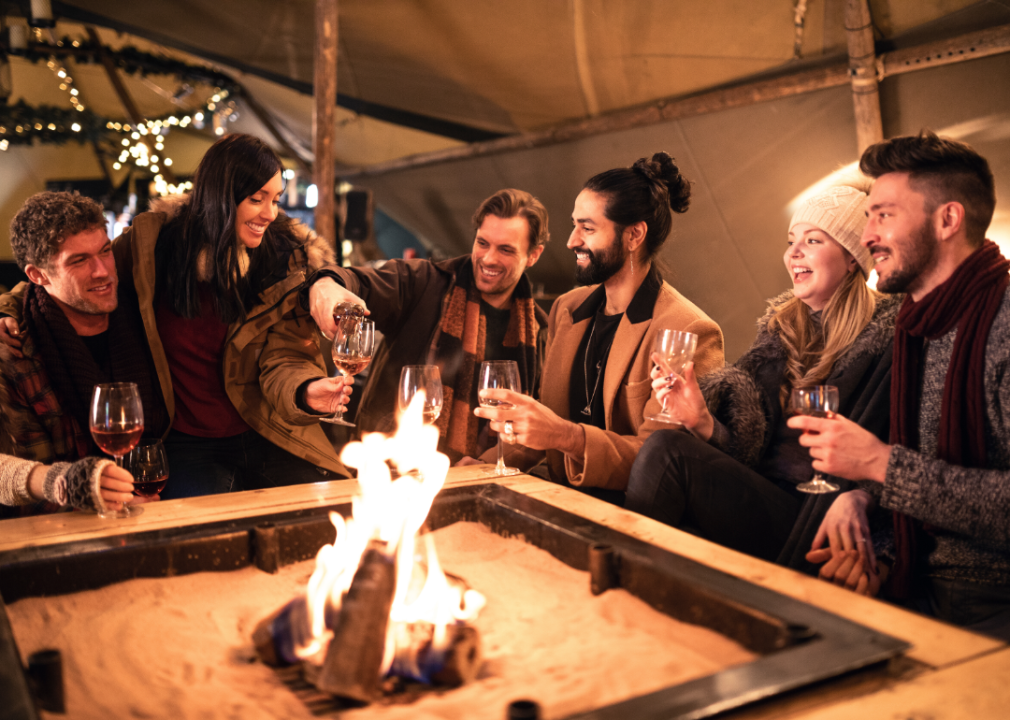
Canva
Tip 1: Determine the vibe
A tasting party is all about sampling different wines and evaluating and hopefully enjoying them—and there are a variety of ways to do that. Would you like to host a playful gathering where each guest brings a mystery bottle of wine within a certain price range—a BYOB affair? Or would it be better to have more control over which wines are featured by curating and supplying all the wines as a host?
This decision sets the tone—a tasting where guests contribute wine can be a bit of a free-for-all, whereas one where you select wines you supply allows guests to sit back and simply enjoy. And you don’t have to break the bank to buy excellent wines—there are lots of wine experts ready to share their affordable picks.
How much folks know about wine differs—and that’s a good thing. Tastings are group learning experiences. Expertise isn’t necessary to host or attend a tasting, but it is helpful to think about what will keep guests comfortable and having fun. Decide whether the vibe will be relaxed and laid-back, like friends sipping wine fireside, or more upbeat and formal. Think about elements like the atmosphere and the location, and consider whether folks will be seated or standing.
Will you have a spirited playlist (couldn’t resist) or live music? Do you want an expert to introduce each wine, or will you be that expert? Consider how guests will share their thoughts on what they are tasting. Do you want to just talk about them or do something more organized, like take notes or give ratings? Then supply notebooks or notecards and pencils, with categories or questions established ahead of time—all of which can reflect your evening’s tone as well.
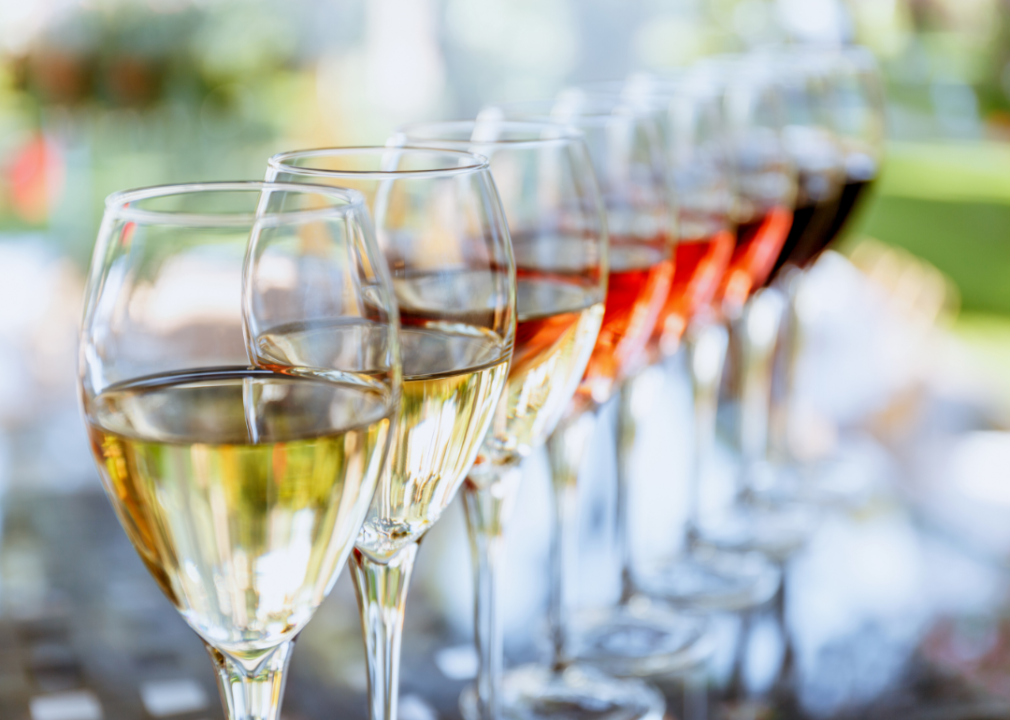
Canva
Tip 2: Know your numbers
How many people to invite is a question largely informed by the answers to tip #1: Are you having a big, formal affair or an intimate catch-up with close friends? Or something in between?
Whatever the case, an RSVP is essential because not only do you need to plan the setup of the space, but you must also make sure there’s enough wine for everyone to taste, including each of the wines featured. There’s nothing worse than a tasting that runs dry!
The math to determine how much wine you need considers the size of the tasting pours—a full glass of wine at a restaurant is usually around 5 ounces, which yields around five glasses of wine from a standard bottle. For tastings, you’ll want to do less, depending on how many wines you are featuring—say, 2 ounces if you’ll be trying a lot of different wines.
Experts agree, having more wine than you need is always a good idea—that way you can send guests home with a bottle should there be a prize at the end of the night.
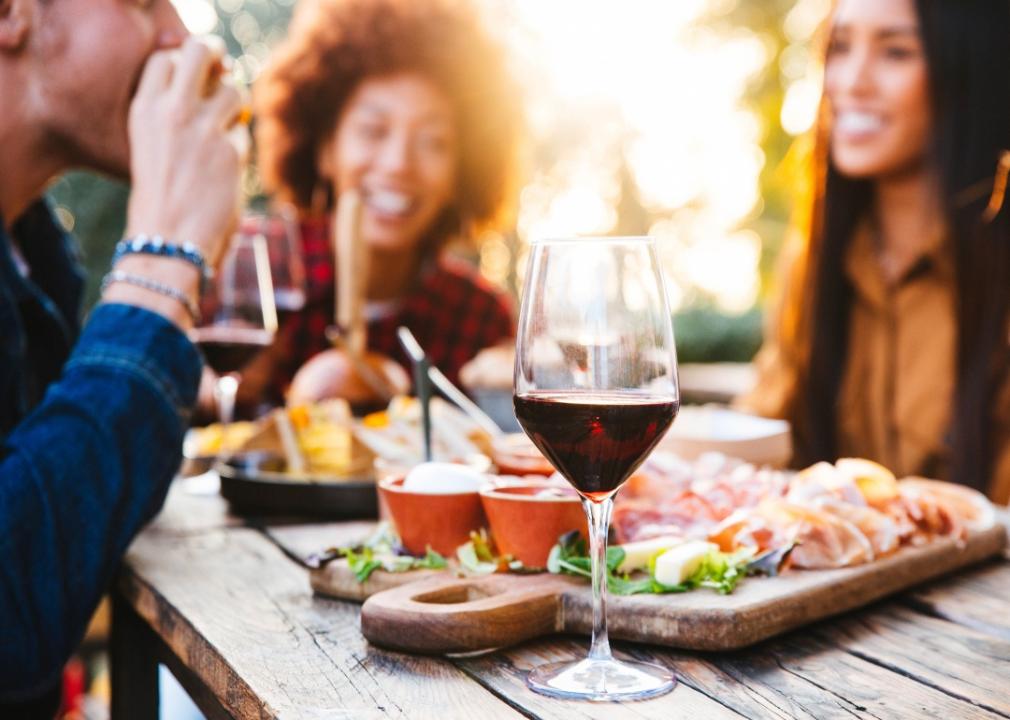
DavideAngelini // Shutterstock
Tip 3: Set a theme
Picking a theme is essential to curating the selection of wines—it’s the organizing principle behind your selections. Otherwise, your tasting might as well be just walking down the wine aisle at the grocery store and taking sips from random bottles. There’s too much wine out there not to be strategic about this.
Plus, a theme helps you to tell the story of each wine better—it’s the plot line of the night, if you will. Common themes are types of wine, regions they are from, or even price points—really, one can get as creative as they wish. For inspiration, check out local wine shops and see what they do for tastings. Often, they will follow seasonality and group wines in novel ways for their own in-house tastings.
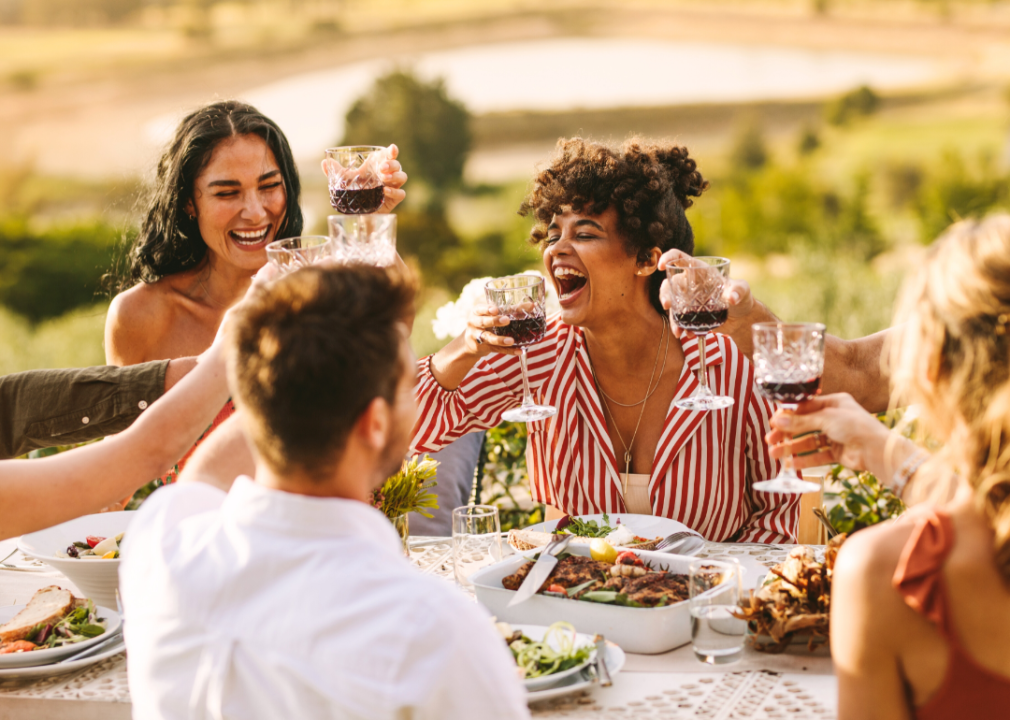
Canva
Tip 4: Don’t forget food
Don’t let food be an afterthought for the festivities—after all, food can enhance particular qualities of wine and vice versa. There are many rules around what foods to pair with which wines, but consider this simple advice from Alder Yarrow’s Vinography: “Stick with eating good food and drinking good wine.”
Since the focus is on the wines, allow the drinks to determine what food makes sense, but don’t overthink it. Food is a supporting character here—at the very least, guests will need something to soak up all the alcohol (unless you are spitting it out). Eating foods that contain a mixture of protein, fats, and carbs when drinking helps increase the rate of alcohol elimination. Whether it’s a full meal or heavy hors d’oeuvres, thoughtful noshes are necessary.
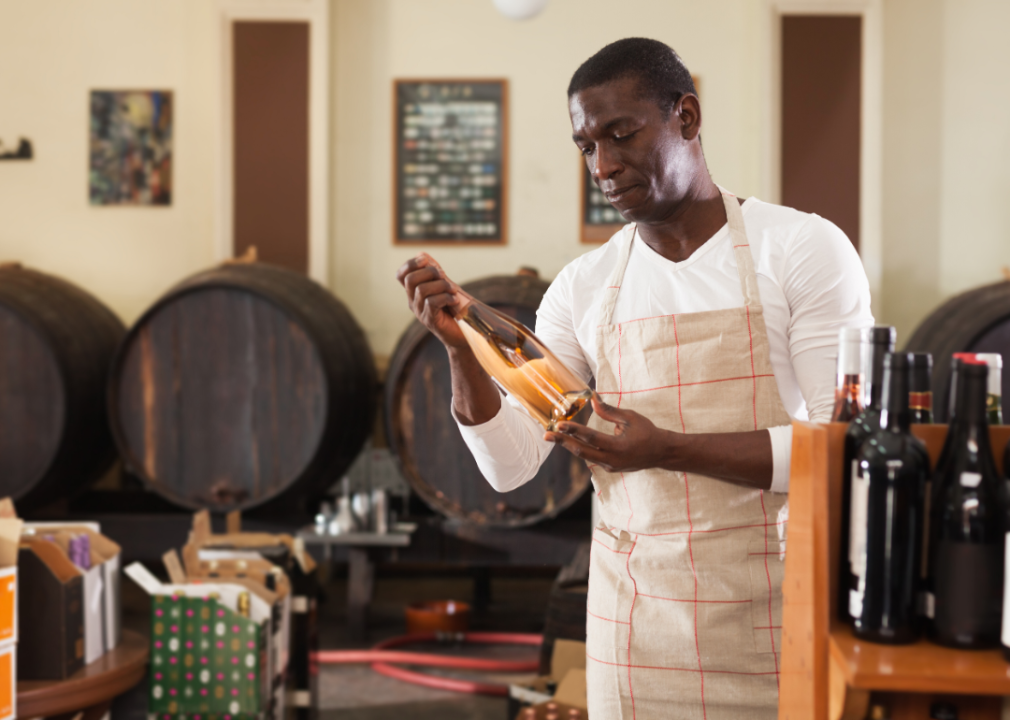
Canva
Tip 5: Small pours = big fun
The bottom line is, however you do it, hosting the ultimate wine tasting should be fun. Wine can feel intimidating to many people, but most wine experts are passionate, inspired folks who want to share what they know and help you find wines you like. So visit your local wine store or winemaker and ask questions. There are good guides specifically concerning how to taste wine.
Dig a little, taste a lot, and have fun. It’s all research for your next ultimate wine tasting.
Story editing by Carren Jao. Additional editing by Kelly Glass. Copy editing by Kristen Wegrzyn. Photo selection by Lacy Kerrick.
This story originally appeared on Peerspace and was produced and distributed in partnership with Stacker Studio.






